
Himitsu Sentai Gorenja (Secret Task Force Goranger) ran April 5, 1975 - March 26, 1977, 84 episodes and 5 movies (4 theatrical versions of TV episodes, 1 original film)
Created by Ishimori,
Shotaro
Produced by Hirayama,
Toru
Head writter Uehara, Shouzou
Music by Watanabe,
Michiaki
| Character |
|
Actor/Actress |
| Kaijo, Tsuyoshi |
|
Makoto,
Naoya |
| Shinmei, Akira |
|
Miyauchi,
Hiroshi |
| Oiwa, Daita |
|
Hatakeyama,
Baku |
| Kumano, Daigoro |
|
Daruma, Jiro |
| Peggy Matsuyama |
|
Lisa
Komaki |
| Asuka, Kenji |
|
Ito, Yukio |
| Commander Edogawa, Kenpach‚ |
|
Takahara, Toshio |
| Zero Zero Seven (Kato, Yoko) |
|
Kanuma, Eri |
| Kato, Taro |
|
Konuma, Hiroyuki |
| Gon (voice) |
|
Kogawa, Saiko |
| Black Cross President [episodes 1-55] |
|
Ando,
Mitsuo |
| Black Cross President [episodes 56-84] |
|
Yana,
Nobuo |
| General Sunring Mask (voice) |
|
Masuoka, Hiroshi |
| General Iron Mask Temujin (voice) |
|
őzuka,
Shozou |
| General Fire Mountain Mask Magman (voice) [episodes 42-45] |
|
Yoda, Eisuke |
| General Fire Mountain Mask Magman (voice) [episodes 46-54] |
|
őzuka, Shouzou |
| Great General Golden Mask (voice) |
|
őzuka, Shouzou |
| Narrator [episodes
1-14] |
|
Tanaka,
Nobuo |
| Narrator [episodes
15-84] |
|
Ouhira,
Touru |
| Costume Actors |
| Akarenj‚: Niibori,
Kazuo [episodes
1-60]; |
|
| Oba, Kenji
[episodes 61-84] |
|
| Aorenj‚: Kawarazaki, Hirou; Nakamura, Bunya; |
|
| Nakayashiki,
Tetsuya; Yuasa, Hiroyuki [episodes
1-60]; |
|
| Okamoto,
Yoshinori [episodes
61-84] |
|
| Kirenj‚: Maeda, Naotaka; Tanaka, Kousaburou;
Amano, Masato; |
|
| Ueda,
Kouji [episodes 1-60]; |
|
| Takebe,
Yutaka [episodes 61-84] |
|
| Momorenj‚: Naitou, Midori; Ueda, Kouji; Kurihara,
Ryouji; |
|
| Ozawa,
Shouji; Kiyouda, Maki [episodes
1-60]; |
|
| Yokoyama,
Minoru [episodes
61-84] |
|
| Midrenj‚: Bunya, Nakamura; Yukawa, Yasuo; |
|
| Hashimoto,
Haruhiko [episodes
1-60]; |
|
| Murakami,
Jun [episodes 61-84] |
|
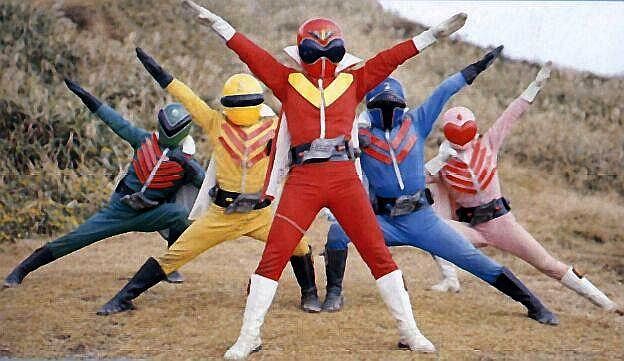

An international
military organization EAGLE (Earth Guard League) is formed to combat
the international terrorist group the Black Cross Army (Kuro JŁjigun).
When five of Eagle's bases in Japan are attacked by the Black Cross
five survivors, one from each base (Kantou, Touhoku, Kyushu, Hokkaido,
Kansai), are choosen to form a secret taskforce, the "Gorangers" (Five
Rangers).
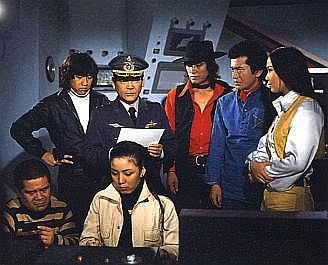
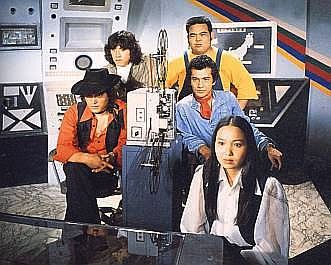
The
Gorangers
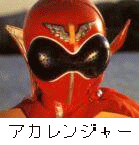
Kaijou, Tsuyoshi the Akarenj‚
was first in command. He was a master of diguises. He was armed with
"Red Rope" (whip), "Red Sting" (handgun), "Red Hand" ("Red Rope" with a
claw) [episodes 43-84] and "New Red Rope" [68?-84]. He drove the
motorcycles Red Machine [episodes 1-54] and Red Star [episodes 55-84].
He was the last to kick the ball in Goranger Storm and Hurricane.
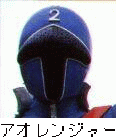
Shinmei, Akira the Aorenj‚
was second in command. His weapon was the bows "Blue Cherry" (a pun on
archery), episodes 1-42 and "Ultra Blue Cherry" [episodes 43-84]. He
was the teams pilot, flying Variblune [episodes 1-42] and Varidreen
[episodes 43-84]. He also drove the motorcycles Blue Machine [episodes
1-54] and Blue Star [episodes 55-84].
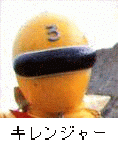
There were two Kirenj‚, Ouiwa, Daita
[episodes 1-54, 67-84] and Kumano,
Daigorou [episodes 55-67]. Ouiwa, Daita loved to eat curry
rice. Kumano, Daigorou just loved to eat. Kirenj‚ was the strongest
member of the team. Used the "YTC", radio which jammed the masked
villains circuits and "Kisticker Pole" [episodes 43-84]. He rode in
sidecars of Blue Machine [episodes 1-54] and Blue Star [episodes
68-84]. [Hatakeyama, Baku left the series to perform in a play. Daruma,
Jiro was brought in as a temporary replacement, knowing that his
character would be killed off so Hatakeyama, Baku could return.]
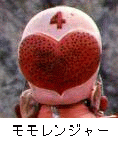
Peggy Matsuyama the Momorenj‚
was the only female member of the team. She was an explosives expert.
She was armed with explosive heart shapped ear rings, "Pink Mirror" and
"Pink Cards". She provide the explosives for "Goranger Storm" [episodes
1-26], "Goranger Storm New Power" [episodes 27-42] and "Goranger
Hurricane" [episodes 43-84]. She rode in sidecars of Green Machine
[episodes 1-54] and Green Star [episodes 55-84]. Lisa Komaki wore the
"Miss Ameirca" costume in Battle Fever J (the
third Sentai).
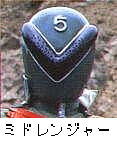
Asuka, Kenji the Midorenj‚ was the
youngest member of the team. His weapons were "Greenmerang", a
boomerang [episodes 1-42] and "Mido (Green) Puncher", a kind of
sling-shot [episodes 43-84]. He drove the motorcyles Green Machine
[episodes 1-54] and Green Star [episodes 55-84]. Itou, Yukio would
later play Shiraishi Kensaku/Battle Cossack 1 in Battle
Fever J [episodes 1-33].
Gorangers transform by saying "Go!" (Japanese for the number 5) while either jumping into the air or staying on the ground and spinning around. The could reverse the process by just spinning around.

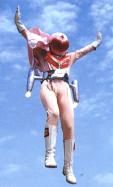
The Gorangers could fly using rockets on their belts.


The Gorangers
destroyed the Black Cross Army kaijin with "Goranger
Storm"[episodes 1-26], "Goranger Storm New Power"[episodes
27-42] and "Goranger Hurricane" [episodes 43-84]. "Goranger Storm"
involved an exploding soccerball, with "new power" the ball would
transform into something related to the kaijin before exploding.
"Goranger Hurricane" replaced the soccer ball with a football. Momo
provided the explosive balls and Aka always gave the final kick.
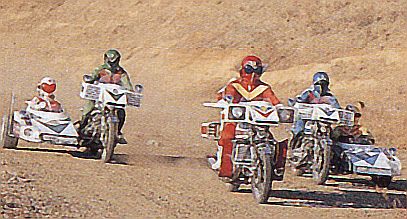

Printed on their
motorcycles "Red Machine", "Blue
Machine", "Green Machine" [episodes 1-54], "Red Star", "Blue
Star" and "Green "Star" [episodes 55-84] was "Goranger". Somebody at
Toei can't spell English words properly.
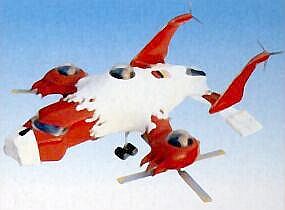
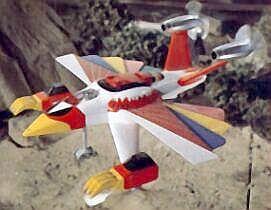
There were no giant
robots or daikaijuu (giant monsters) in Himitsu Sentai
Gorenj‚. The Gorangers did have aircrafts Variblune [episodes 1-42] and Varidreen [episodes 43-84].
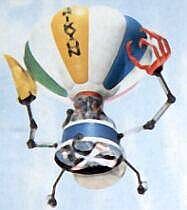
Varidreen carried
Varitank or Varikyun [episodes 69-84]. Varitank could burrow into the
ground to destroy Black Cross Army's underground bases. Varikyun was a
balloon with a motor on the bottom used to launch it from Varidreen.
Varikyun was usually piloted by either Momorenj‚ or Kirenj‚.
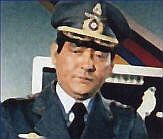
The Gorangers
commanding officer Commander Edogawa, Kenpachi disguised himself as the
cook at Snack Gon, the snack shop which was the secret entrance to
their headquarters. He served Ouiwa, Daita alot of curry rice.

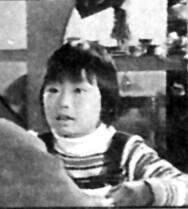
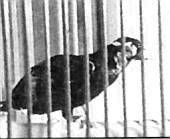
The Gorangers were
assisted in their battle against The Black Cross Army by several spies
(most of whom gave their lives in the line of duty). The most important
agent was "Zero Zero Seven" (Katou, Youko). In later episode she often
drove Varitank. Every 1970s tokusatsu series had to feature at least
one child. The child in this series was Zero Zero Seven's young brother
Katou, Taro. The final member of the Gorangers team was a mynah bird,
Gon, whose comments usually made Ouiwa, Daita angry.
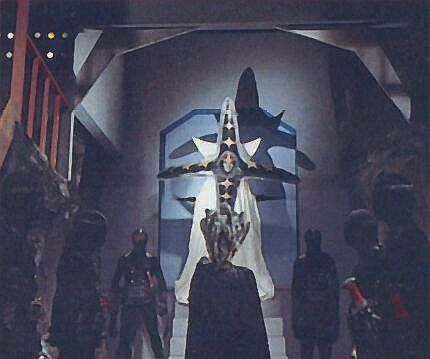
The
Black Cross Army
The Black Cross Army was an
international terrorist group led by Black Cross President (played by
Andou, Mitsuo [Professor Gill in Jinzo Ningen Kikaida]
for episodes 1-55. Under Black Cross President were generals Sunring
Mask [episodes 15-20], Iron Mask Temujin [episodes 21-42], Firemountain
Mask Magman [episodes 42-54] and Golden Mask [episodes 54-84]. Under
the command of the generals were 81 lesser masked villains and hundreds
of Zolders (the black clothed soldiers).
For the first
42 episodes The Black Cross Army had missle launchers that could come
up out of the ground. They also had one-man aircraft called "Condors".
For episodes 43 through 54 they had Navarone, a portable base that come
up from the ground to fire upon any target. For episodes 64-84 they had
Black Cross Castle, a flying fortress. Both Navorone and Black Cross
Castle carried Condors. The Castle also carried larger aircraft called
"Battra", which were launched against Varidreen as well as targets on
the ground.
Himitsu
Sentai Gorenj‚ was the first, and longest running Sentai
series. It was Ishimori, Shotaro's and Toei's second longest super
heroe series (after Kamen Rider, which ran for 98
episodes). Thankfully it has not be "Sabanized". There were five
Goranger movies, however four were simply television episodes [6, 15,
36, 54] modified for the big screen, the fifth, "Bomb Hurricane" (July
18, 1976), was the only one actually made for the big sgreen. The
Gorangers also appeared in "J.A.K.Q. Dengeki Tai vs. Goranger" (March 18, 1978), in which
they joined J.A.K.Q.
Dengeki Tai in defeating a revieved CRIME. In this film only
Momorenj‚ is seen out of costume. The Gorangers also appeared in two
made for video specials, "Future Task Force Special (2001)" and "Rescue
Task Force Growl Ranger vs Super Sentai" (September 22, 2001). In the
first of these two specials they appear only through scenes from their
series in the second Akarenj‚ appears live at the end, the rest appear
only in outtakes from their series. None appear out of costume.
The music for
Himitsu Sentai Gorenj‚ was composed by Watanabe,
Michiaki (best known for the music from JInzo Ningen Kikaida).
Ban, Daisuke
(Jiro/Kikaida, Watari, Goro/Inazuman; Izumo, Daisuke/Fire Ninja in
"Ninja Captor"; Jin, Makoto/Battle Cossack 2 in "Battle Fever J") guess
stared in episode 81. Ikeda, Shunsuke (Minami, Takeshi in "Return of
Ultraman", Ichiro/Kikaida-01 and the older brother "Condorman") guess
stared in episode 83.
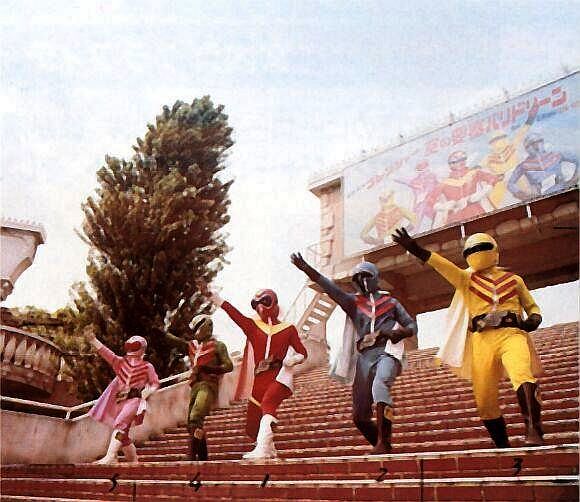
The Songs
Episode Titles
Himitsu Sentai Gorenja was followed by J.A.K.Q. Dengeki Tai
Back To
Henshin Hall Of Fame
Last modified Wednesday, January 29, 2020
Himitsu
Sentai Gorenj‚ © 1975-1977 Ishimori Productions
and Toei Co., Ltd.
Images are for viewing only.
Background courtesy
of

























